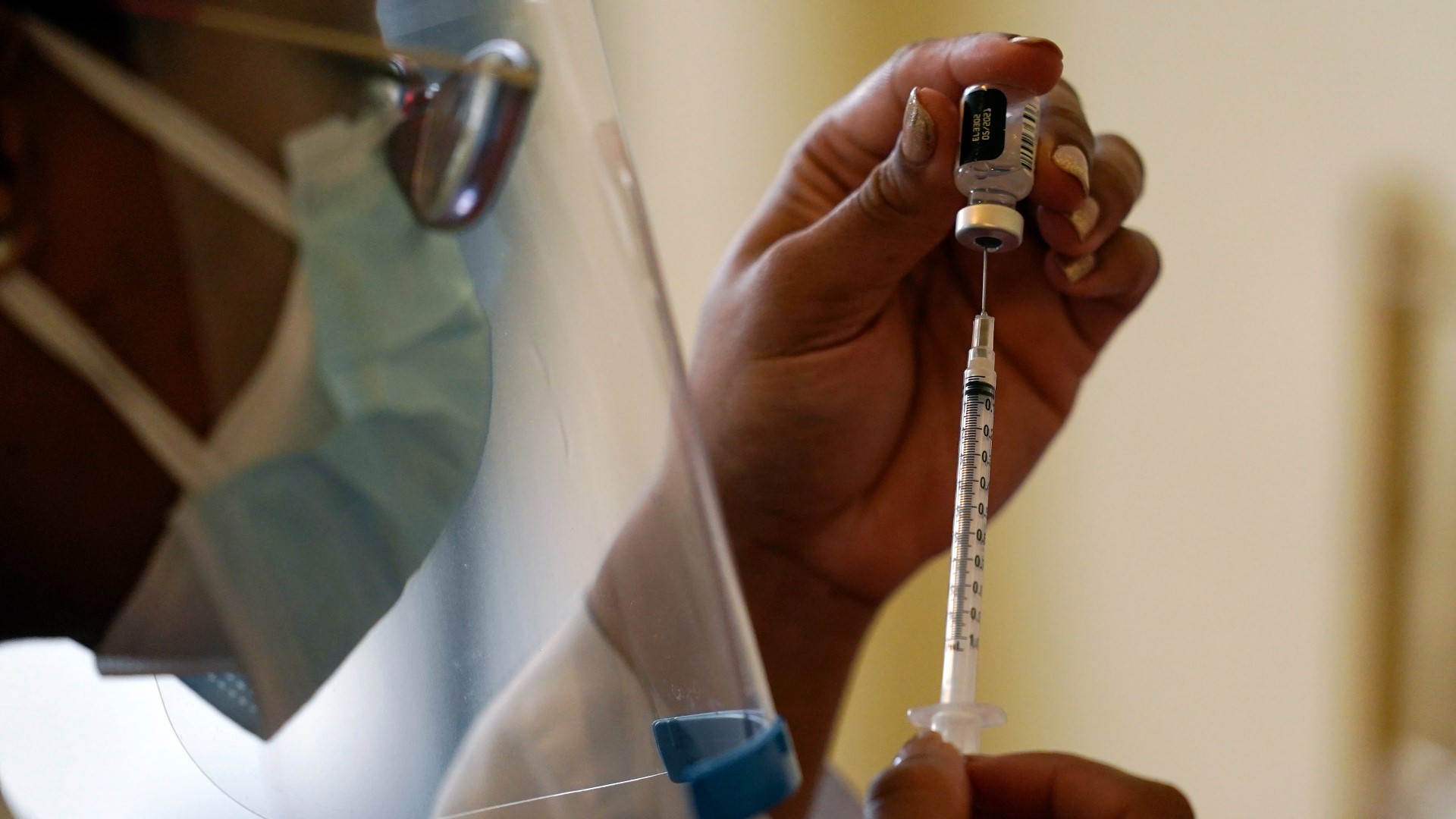ATLANTA — We’re all used to hearing the best way to end the pandemic is to stop and slow the spread of COVID-19. And we’re aware of the usual tactics when it comes to achieving the goal; masks, vaccines, handwashing, social distancing. But there’s one move missing; preventing (or attempting to prevent) new variants like omicron from emerging.
Medical experts have long warned if a majority of people continue to be infected with the virus, the virus will continue to mutate rapidly, and more variants will emerge.
"To beat the pandemic, we have to beat it everywhere," said President Joe Biden in September.
Achieving the goal of limiting mutations and variants means getting more vaccines to low- and middle-income countries.
As of October 28, wealthy countries promised to donate 1.98 billion doses to low-and middle-income countries. This brings up the question, is it enough to get most of the world, vaccinated quickly?
SOURCES:
The People’s Vaccine Alliance
Council on Foreign Relations
World Health Organization
COVAX
U.S. State Department
ANSWER:
No
WHAT WE FOUND:
Close to 50 percent of the vaccines produced went to wealthy countries, although those countries make up 16 percent of the world's population. The other 84 percent of the population must split the remaining 50 percent.
At the time of this article, data from the World Health Organization shows 64 percent of high-income countries are fully vaccinated. But if you look at low-income countries, 3 percent are fully vaccinated, with about 7 percent receiving at least one dose.
In September, President Joe Biden pledged 500 million additional COVID-19 vaccine doses to lower-to-middle-income countries. That brought the total number of shots the U.S. planned to donate to 1.1 billion (later upped to 1.2 billion as of November 29.) Other wealthy countries followed by promising millions more as well, bringing the total to 1.98 billion doses.
However, the World Health Organization (WHO) said 70 percent of the world's population needs to be vaccinated to achieve herd immunity and get the virus under control. That equates to about 10 to 11 billion doses if two doses are given to each person.
On top of needing more doses than promised, vaccine distribution to other countries is slow-going. As of November 24, the U.S. has delivered more than 270 million doses, more than any other wealthy country. Looking at it percentage-wise, that's 22 percent percent of the pledge. As of October, countries such as France promised 101 million doses, but have only delivered 13 percent, and the U.K. promised 91 million, but have only delivered 9 percent.
There are issues getting the promised doses into some countries, because of export bans on chemicals and glassware used to make vaccines. Then, there are problems with vaccines going to waste. Prior to the pandemic, WHO estimated half of all vaccines go to waste around the globe, due to various factors. And with COVID-19 vaccines, millions have already been wasted in the U.S. alone.
One final issue is the timeline. The U.S. promised to deliver its donations by the end of 2022, with other countries' timelines ranging from 2021 to 2022, and in three cases, the timeline is unknown.
So, while the pledge of billions of vaccines will no doubt help the world, the smaller than needed amount coupled with other factors, means it's not enough to get the herd immunity needed around the world any time soon.

